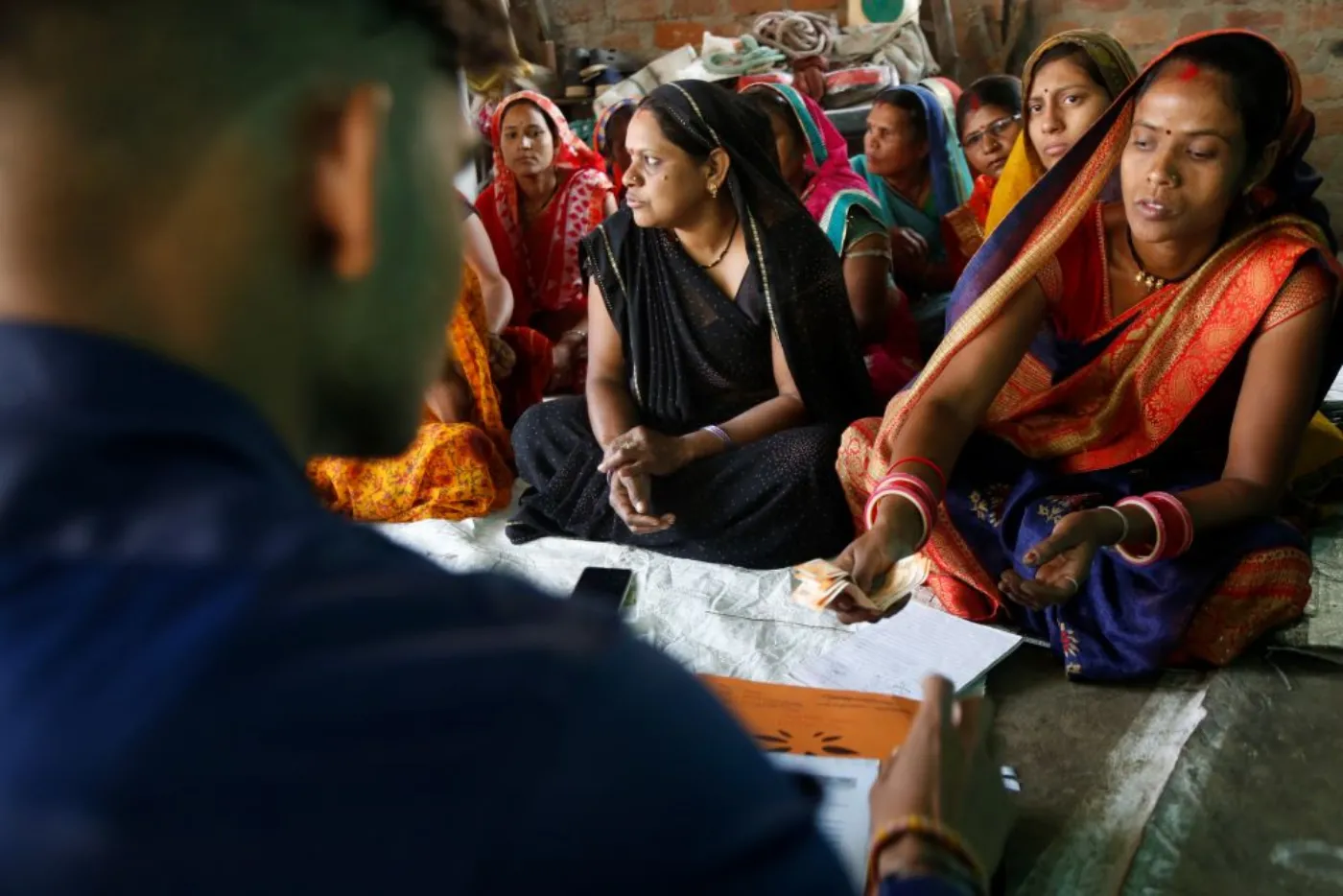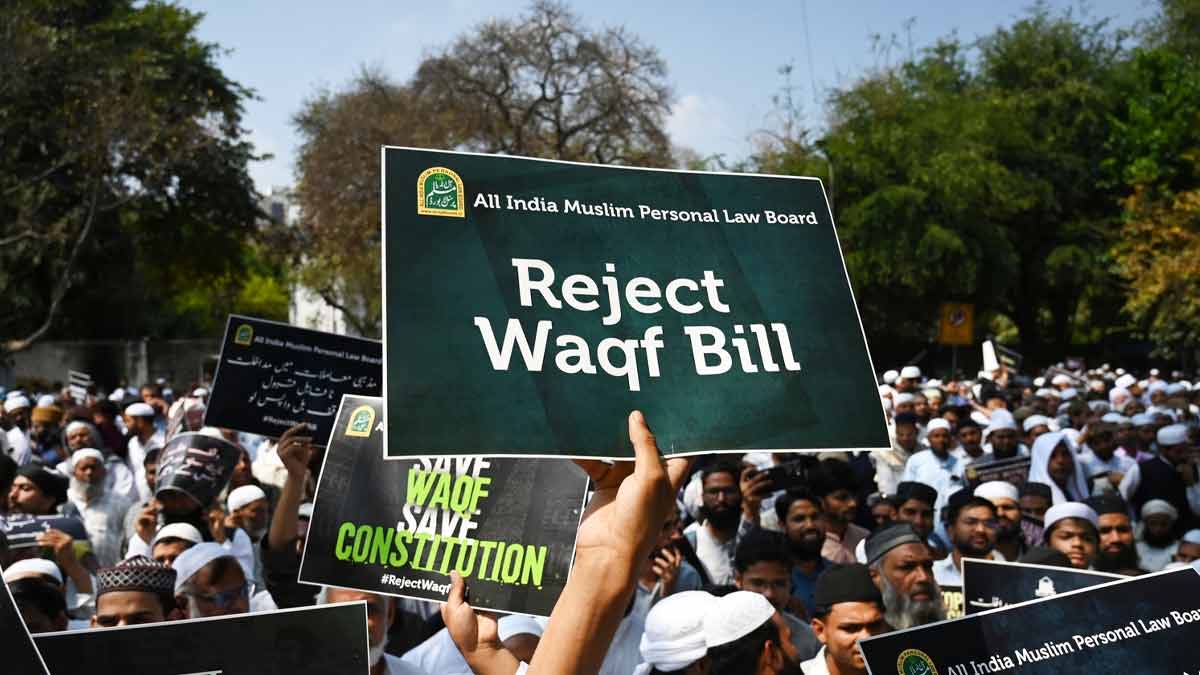I learnt about the Mukhyamantri Kanya Vivah Yojana scheme when I was researching on some other schemes of the Madhya Pradesh Government. But this one caught my attention immediately because of it’s name. If you’re a feminist, I’m pretty sure you might already be skeptical about it.
So what is this scheme really about?
Mukhyamantri Kanya Vivah Yojana is a scheme that the MP Government talks about with utmost pride and fulfilment. It was launched in 2006, under the leadership of Chief Minister Shivraj Singh Chouhan. Its aim, as stated in MP Government’s Social Justice and Disability Welfare Department’s website, is to provide financial assistance to families living below the poverty line on the occasion of the marriage of their daughters. Widows and divorcees are also beneficiaries of the scheme.
Under this scheme, the Government conducts mass marriages to reduce the family’s expenditure on marriage of their daughters and to promote ‘social harmony’. To be eligible for it, the bride has to be a domicile of MP, of age 18 or above, from a BPL family and a beneficiary of the Samagra Samajik Suraksha Mission portal. The groom has to be of age 21 or above.
This scheme is seen as one of the biggest successes of the MP Government, and has been implemented in Bihar and Chhattisgarh as well. In the 2013-2014, nearly 60,000 men and women were said to have benefited from this scheme. A provision of INR 25,000 is made for each woman, wherein INR 17,000 is transferred to her savings bank account on the second day after marriage to purchase households items, INR 5000 for necessary items for marriage rituals and INR 3000 given towards expenses of rural/urban bodies.
Now, let’s have a closer look and view it from a feminist lens.
According to the official Objective statement on the MP Govt. website:
“The marriage of a girl is a big worry for a poor family, who do not have enough money even for meeting their daily requirements let alone expenses on a daughter’s wedding. They usually take loans with a view to mobilizing lump sum funds to meet the wedding expenses and fall prey to moneylenders. This scheme has been launched on the special initiative of Chief Minister for helping poor families rid of this worry. Under the scheme, mass marriages are performed, which not only increase social harmony but also curb unnecessary expenditure on weddings. Another special feature of the scheme is that all the sections of society are benefited by this scheme. Marriages of Hindu and Muslim couples are solemnized at the same.”
Well, on the surface it does seem like a very noble and necessary initiative, because marriage of one’s daughter really is an expensive and a momentous affair in our Indian society. However, we cannot overlook the patriarchal ideals this scheme perpetuates and is built upon.
A scheme such as this accepts the status quo where ‘dowry’ is the norm, and in a way, helps the bride’s family to provide this dowry to the husband. It legitimises this orthodox practice that has been the source of distress to women across the spectrum of class, caste and religion. This traditional obligation coupled with the inherent gender bias leads families to perceive their girl child as a liability, resulting in the widespread instances of female foeticide and infanticide. By providing assistance to families to ‘marry off daughters/widows/divorcees’, the Government reinforces the sexist idea that ‘marriage is a woman’s destiny’ and the bride’s family ought to be servile to the husband and bring gifts in kind or cash.
Also read: Why Does The Government Need To Give Women Gold Under The ‘State Marriage Assistance Scheme’?
Supporters of the scheme argue that it will help to curb child marriage as the benefits of the scheme can be availed only by women aged 18 or above. But are such incentives really effective? One of the reasons for girl child marriages in poor families is that they see it as means of economic survival. A child married off early implies that the family has one less mouth to feed. Considering this scenario, an economically distressed household, which makes decisions with a short-term perspective, is less likely to buy into such incentives.
There were also several instances of virginity and pregnancy tests being performed on women at these mass marriages. Although unconfirmed, it is believed that these virginity tests were manually conducted, two finger tests – a direct assault on these women and now also illegal. While the Government authorities have denied claims of such tests being conducted, it has been reported that nearly 450 prospective brides underwent such tests in 2013.
Such harassment of women at a Government organised event speaks volumes about the Government’s insensitivity and carelessness, and is an immediate manifestation of society’s misogynistic beliefs. The orthodox notion that prescribes women to be sexually pure beings plays a huge role in encouraging violence against women. This view mandates women’s sexuality to be controlled, and hence, creates room for justifying violence against them by questioning their character. Oppressive practices such as genital mutilation and chastity belts were instituted based on such beliefs.
The Government was also blatantly sexist in naming the scheme. It changed the name from Mukhyamantri Kanyadaan Yojana to Mukhyamantri Kanya Vivah Yojana in 2015, failing to recognize the sexist undertones of both. Kanyadaan literally means ‘giving away a maiden’, which in our patriarchal society, is regarded as a father’s greatest responsibility towards his daughter. She is viewed as a prize to be given away to the groom.
Law and Government action play a very crucial role in setting the attitude in society and in facilitating the emancipation of oppressed sections, but schemes like these only serve to be counterproductive. The existence of this scheme admits the failure of the Dowry Law in curbing the practice and accepts the inevitability of such discriminatory marriage traditions.
This scheme has been in place for more than 10 years and is definitely a people-pleaser. It is pompously celebrated as a huge success by Shivraj Singh Chouhan’s government. But how are we really measuring this success? The number of BPL voters pleased?
And Madhya Pradesh is one of the worst performing states when it comes to women-empowerment and is infamous for having one the highest instances of gender-based violence in the country. Patriarchy runs deep through its soils, rooted in the state’s brahminical traditions. So, should we continue to please people, accept the status quo and not tackle the patriarchal ideals that has made MP such an unsafe place for women?
The need of the hour is not to ‘reduce the financial burden of a daughter’s marriage’, but to change societal beliefs that create such burden in the first place. Although dowry is illegal in our country, the fear of law has clearly not worked to deter its practice. This practice is deeply rooted in our traditions and beliefs and can be fully eradicated only through a change in people’s mindsets. In addition to tackling the judicial and executive loopholes regarding the Dowry law, the Government should strive towards the social, economic and political empowerment of women as well as gender-sensitisation of all.
One might argue that it is short-sighted to view this scheme in isolation, and overlook the Government’s other efforts towards women empowerment. However, ideologically, a scheme such as Mukhyamantri Kanya Vivah Yojana is in stark contradiction with any action towards women empowerment. Perpetuating patriarchal beliefs renders pro-women efforts futile. One cannot achieve true gender equality, as long as people’s biased traditions and views are left unchallenged.
No one’s calling for a repeal of this scheme or downplaying its success. It has perhaps greatly helped a lot of poor households. However, we ought to learn how and why it is problematic, understand its implications in the larger context, and take such criticism into account for our future actions.
About the author(s)
Anime enthusiast. Photographer-in-progress. Kimchi Addict. But, Feminist first.




